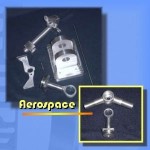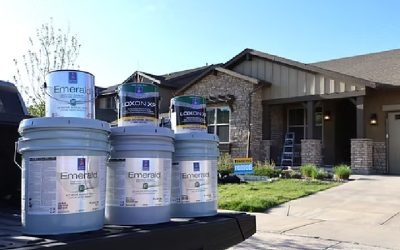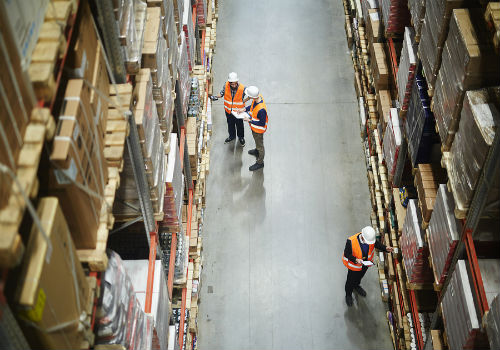Machine shops have changed with advancements in technology. Along with these changes were innovative new machines which can handle tasks and perform operations that were difficult or impossible with their predecessors. CNC (computer numerical control) milling machines and metal lathes drastically improved precision machining, making some tasks easier, some jobs faster and others actually feasible.
One operation which was made much easier by CNC precision machining is to cut a circle in a piece of stock. With older DRO (digital read out) machines, in which the operator controlled the machine with the use of digitally displayed positioning numbers, a rotary table would have to be installed on the machine and indicated to the end mill tool. The rotary table would rotate the stock being worked while the end mill cuts into it. This was a laborious and time consuming operation. The CNC however, can perform the same task with standard milling jaws and instead of rotating the stock piece, it moves them in a circular pattern using the table and electric control motors. In this case, the operator would only have to program the required dimensions and begin the operation.
The most common programming language for CNC machines is G-code, which is a language the machine can understand. Some machine brands use other languages, and some of these languages, but not all, are transferable with G-code. These languages allow communication between the operator and the machine. The operator is skillfully trained to understand what the particular machine’s language is saying and to use the language to command the machine.
CNC precision machining is performed with use of a milling machine, which cuts into a stationary piece of stock, metal lathes which spin the stock and cut into it using stationary tools, or complex machines enclosed in a large box for safety. While the CNC metal lathe and milling machine are controlled by an operator who monitors the machine, changes tooling and changes speed as needed; the complex enclosed machine is entirely automated. The operator needs only to occasionally ensure the machine is working correctly.
Basic CNC milling machines and metal lathes operate on a limited three axis system, using length, width, and height. However, the more complex CNC machines operate on four and five axis systems, which greatly enhance the machine’s capabilities. These machines can perform operations which are impossible with three-axis systems in order to produce complex components needed in many modern industries and research fields.
A precision machine shop, such as Ramp Engineering Inc., has several different machines to handle a wide variety of tasks, and produce parts or components for some of today’s most complex machines. Modern industry and research demands components which are high quality and maintain extreme accuracy, and sophisticated CNC precision machining operates to produce these components quickly and efficiently.









